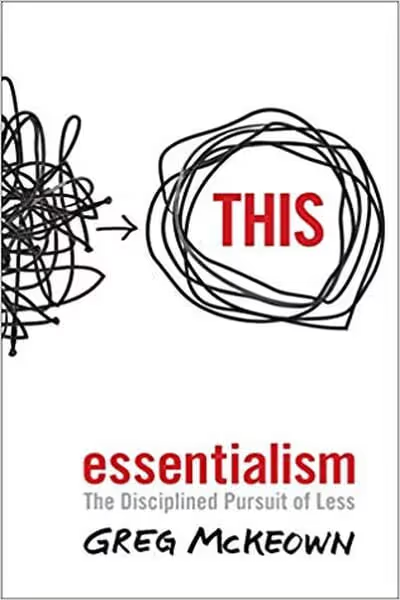The Great Convergence
Between 1820 and 1990, the share of world income going to today's wealthy nations soared from twenty percent to almost seventy. Since then, that share has plummeted to where it was in 1900. As Richard Baldwin explains, this reversal of fortune reflects a new age of globalisation that is drastically different from the old.
In the 1800s, globalisation leaped forward when steam power and international peace lowered the costs of moving goods across borders. This triggered a self-fueling cycle of industrial agglomeration and growth that propelled today's rich nations to dominance. That was the Great Divergence. The new globalisation is driven by information technology, which has radically reduced the cost of moving ideas across borders. This has made it practical for multinational firms to move labor-intensive work to developing nations. But to keep the whole manufacturing process in sync, the firms also shipped their marketing, managerial, and technical know-how abroad along with the offshored jobs. The new possibility of combining high tech with low wages propelled the rapid industrialisation of a handful of developing nations, the simultaneous deindustrialisation of developed nations, and a commodity supercycle that is only now petering out. The result is today's Great Convergence.
Because globalisation is now driven by fast-paced technological change and the fragmentation of production, its impact is more sudden, more selective, more unpredictable, and more uncontrollable. As The Great Convergence shows, the new globalisation presents rich and developing nations alike with unprecedented policy challenges in their efforts to maintain reliable growth and social cohesion.
From 1990, the trend flipped; a century’s worth of rich nations’ rise has been reversed in just two decades. Their share is now back to where it was in 1914. This trend, which might be called the “Great Convergence,” is surely the dominant economic fact of the last two or three decades. It is the origin of much of the anti-globalization sentiment in rich nations, and much of the new assertiveness of “emerging markets.






















































